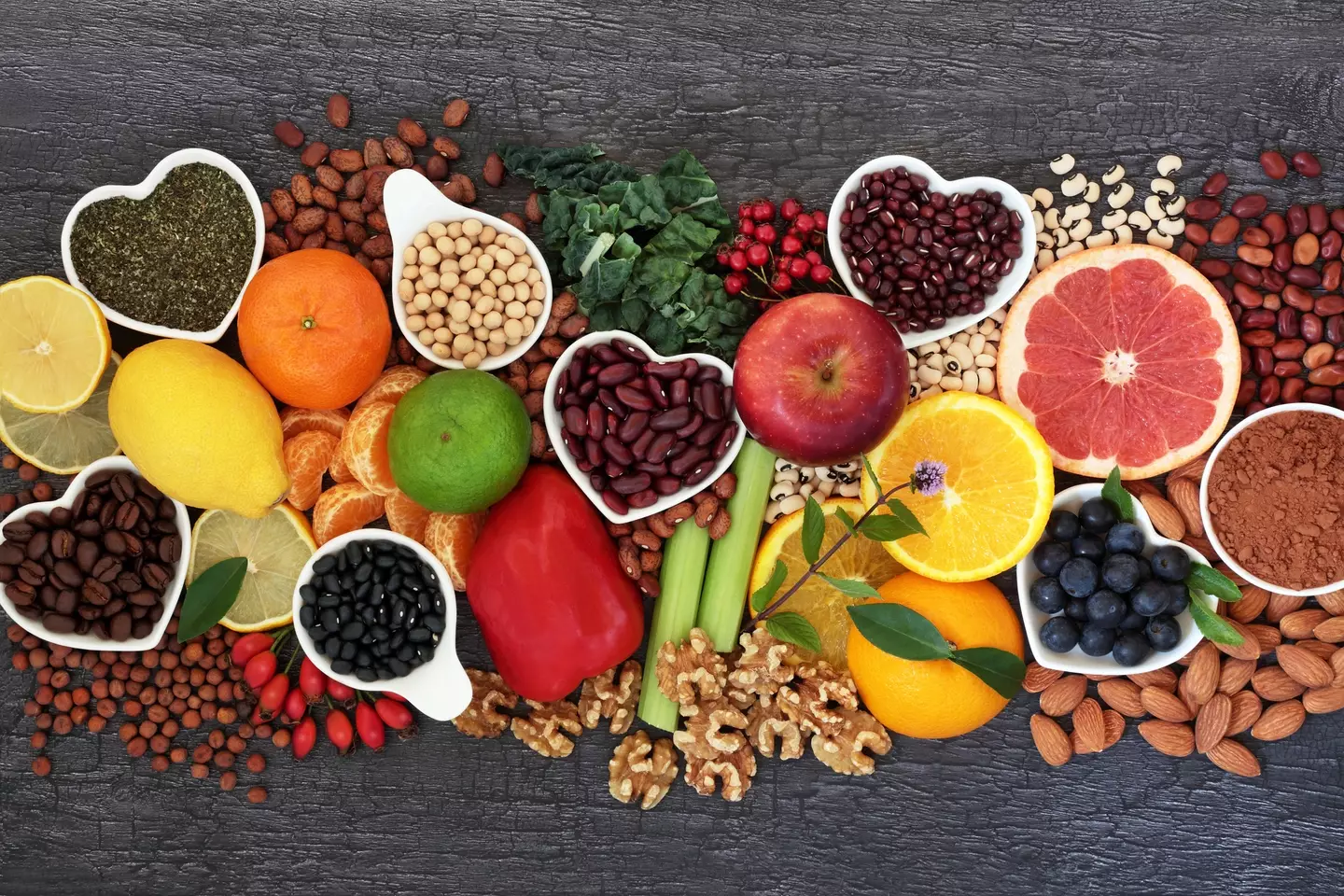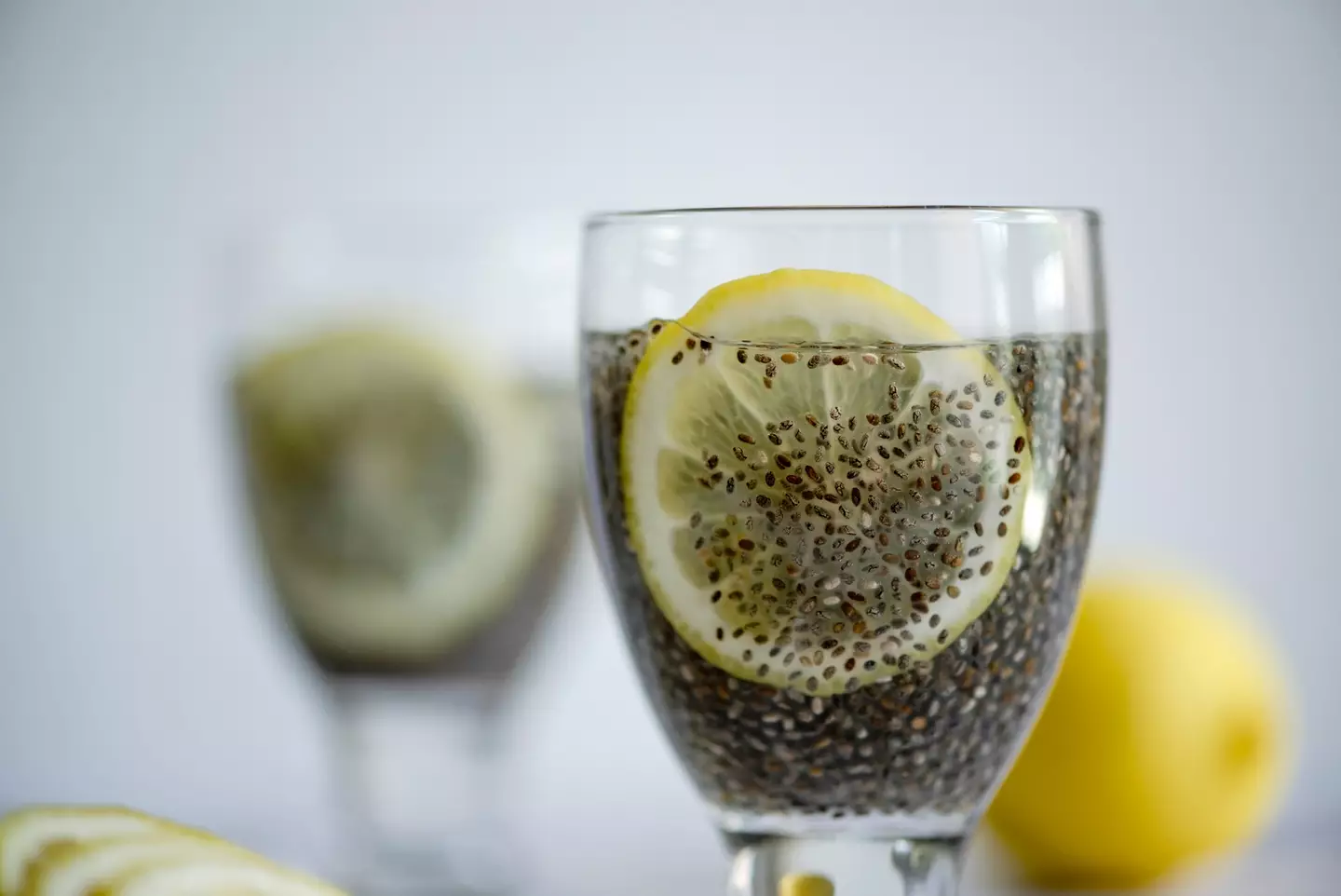
Fibremaxxing is a new TikTok trend that’s actually worth following. The NHS reckons we’re getting an average of 20g of fibre per day between us, with the recommendation being that we each get 30g a day. Encouraging people to eat more of the stuff is a great idea.
Fibre is basically any carbohydrate that our stomachs can’t digest. It’s typically found in plant matter, so vegetables, fruits, nuts, seeds, pulses, legumes, and wholegrains are all great sources.

The idea behind fibremaxxing is to add a bit more fibre to each meal, whether that’s with a nutty garnish, a side salad, some fruit sliced into some cereal, or just about anything else. There’s no end of options.
Advert
It’s well worth doing, too. Fibre is essential for keeping our guts strong as it gives them something solid to press against during the digestive process, and high fibre intake has been linked with reduce bowel cancer risk. Considering bowel cancer is on the rise among young people, the trend has come at a great time.
Fibre also reduces the risk of type 2 diabetes, heart disease, and strokes. It also helps with satiety, so increasing fibre intake can prevent hunger pangs from springing up between meals, too.
However, if you plan on joining the fibremaxxing trend, there are some caveats to be aware of. Getting more fibre is great, but it’s a good idea to increase your intake slowly. You should also increase your water intake too, as it helps to move fibre along the digestive tract.
Eliza Whitaker, a registered dietitian and the founder of Nourished Nutrition and Fitness has advised:
Advert
“Add a few extra grams of fibre for a few days and see how your body tolerates it before adding more. Your body will adjust to having more fibre over time.”
She added that it’s a good rule of thumb to ‘drink half your body weight in ounces so, for example, if you weigh 150 pounds (68kg), you’d want to aim for 75 ounces (2.2L) of water per day’.

Simple as the rule is, you’ll probably need to do a bit of googling to get the conversions down unless you’re a staunch defender of imperial measurements.
Advert
Whitaker noted that failing to get enough water whilst increasing your fibre intake can yield some unpleasant side effects. “This could result in bloating, gas, gastrointestinal pain, discomfort, constipation, and in severe cases, a blockage if not enough water is consumed,” she said.
“Too much fibre intake may also reduce nutrient absorption because fibre may trap vitamins or minerals that the body wouldn’t be able to absorb because fibre is indigestible.”
